
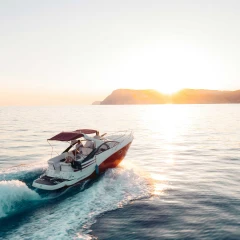

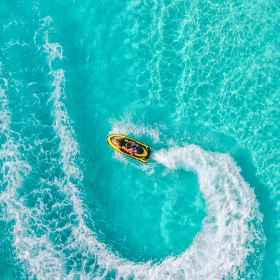




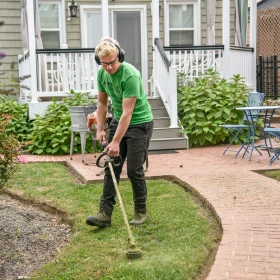
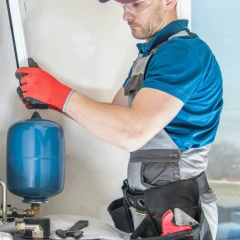


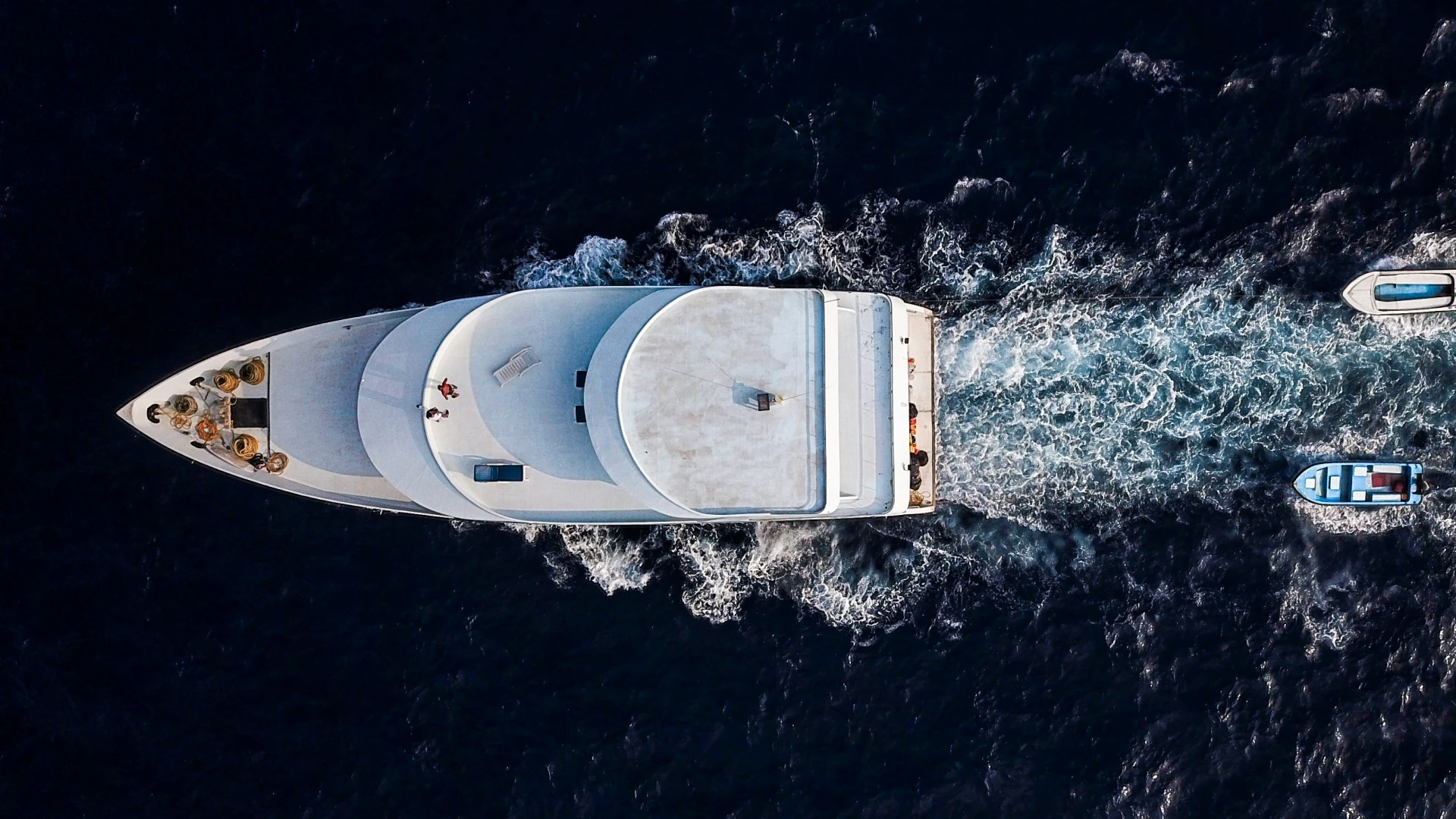

Nevada does not require boat insurance by state law for recreational boating. However, if you finance your vessel or plan to dock at a marina on Lake Mead, Lake Tahoe, or other popular waterways, proof of insurance may be required. Even without a legal mandate, having a policy is a smart way to protect your boat and reduce financial risk from accidents or liability claims.
There are no state-enforced minimum insurance requirements for boats in Nevada. That said, if your boat is financed or kept at a marina, you may be required to carry:
Some marinas may also ask for proof of insurance before assigning a slip or storage space.
Insurance rates in Nevada are generally moderate due to seasonal boating and mostly freshwater use. Here’s a typical range:
Premiums can increase if your boat is used frequently in high-traffic zones or stored outdoors without security.
You can reduce your premium by taking a few strategic steps:
If you’re financing your boat, your lender will expect you to carry extended coverage to protect the vessel. This typically includes:
Additional protections like towing, salvage, or fuel spill liability may also be required, especially for more expensive vessels or boats docked long-term in marinas.
Purchasing a boat insurance policy in Nevada is quick and straightforward. You can:
Be ready to share your boat’s make, model, year, hull ID, storage location, and intended use.
All motorized boats used in Nevada must be registered with the Nevada Department of Wildlife (NDOW). Registration is valid for one year and includes a Certificate of Number and decals that must be properly displayed on both sides of the boat.
To register, you’ll need proof of ownership, a completed application, payment, and a valid hull identification number (HIN).
Your location and boating habits can impact your insurance cost and policy needs:
Many marinas in Nevada also request proof of insurance annually for slip assignments or storage contracts.
